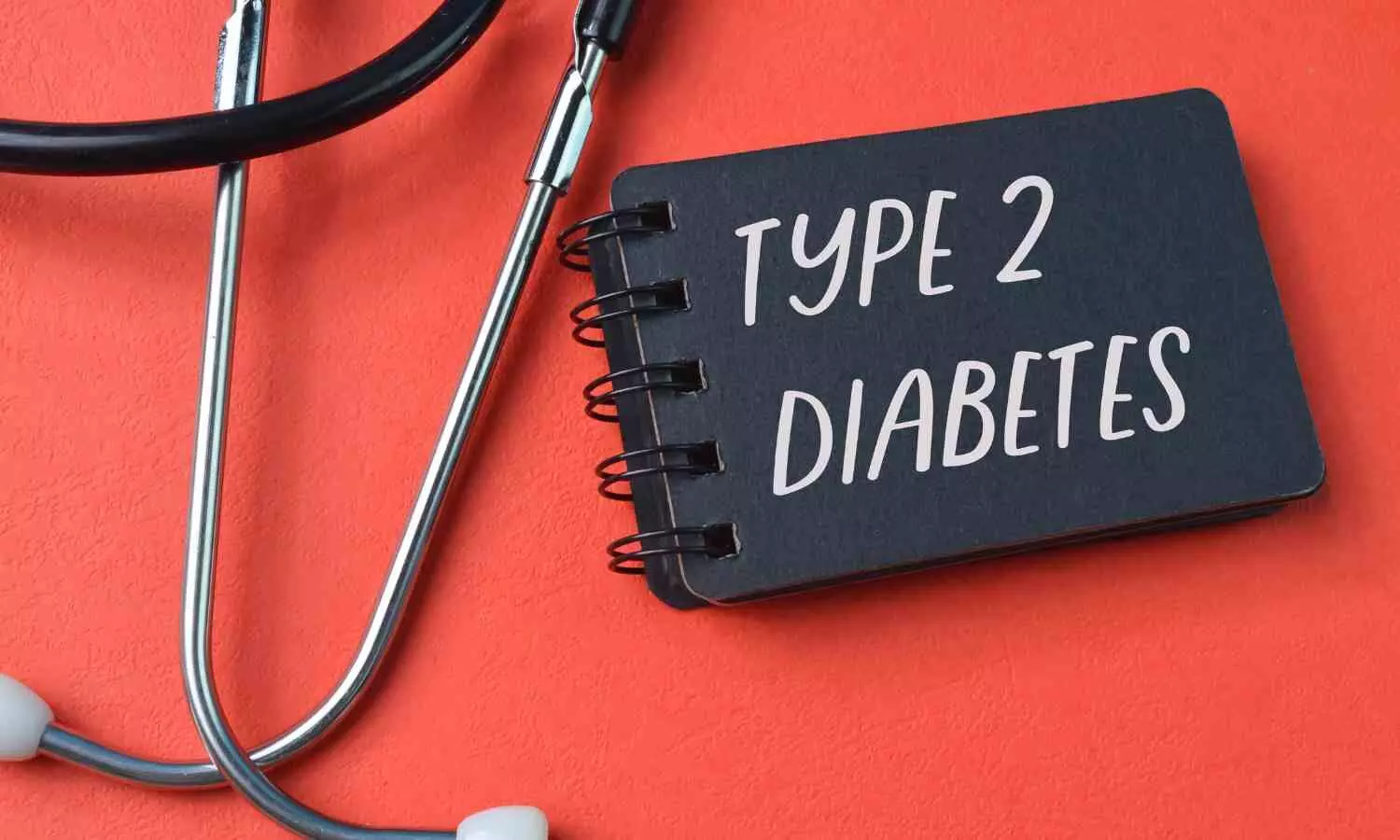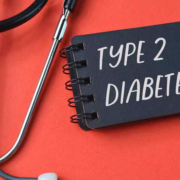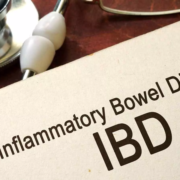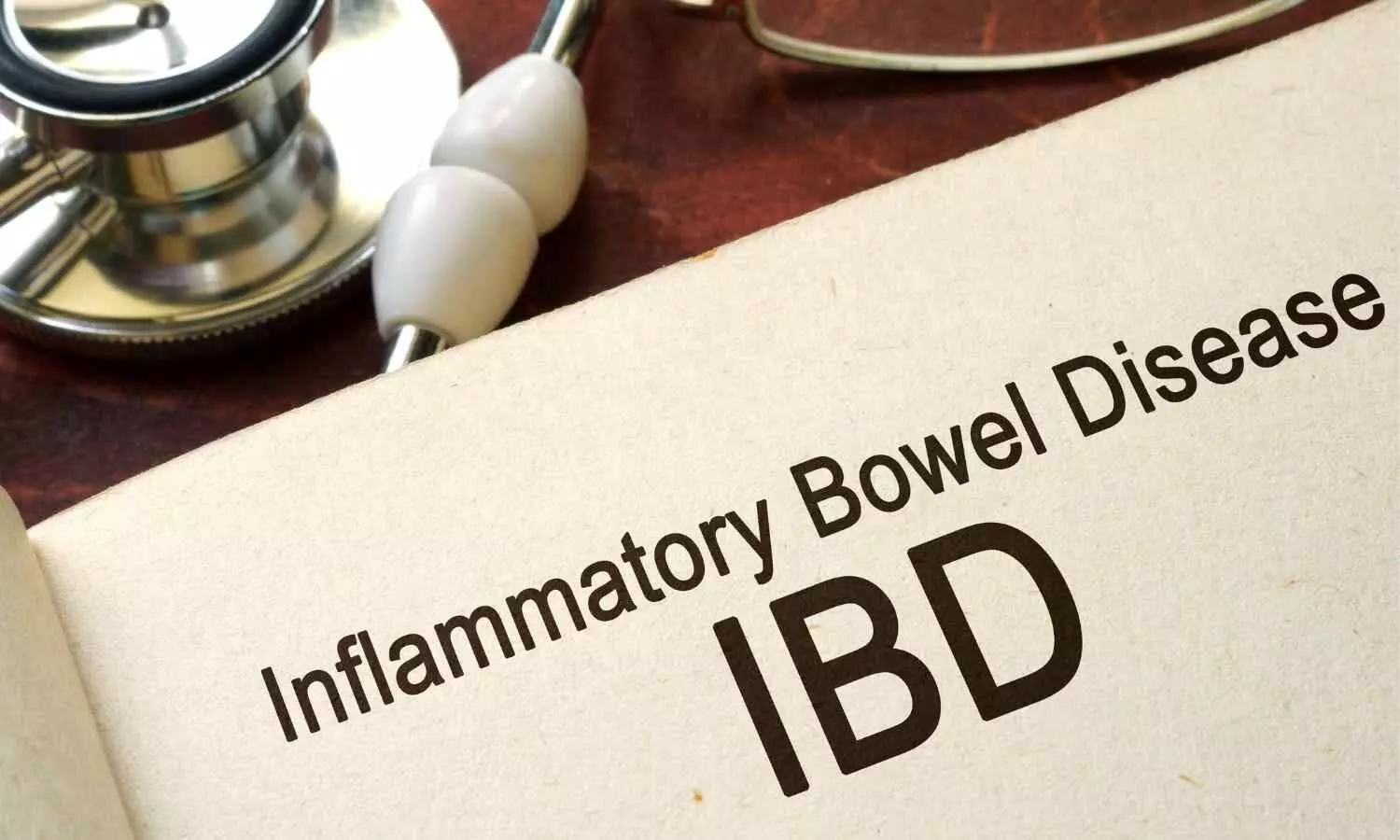Plant-Based Totum-63 Significantly Lowers Fasting Glucose and HbA1c in Prediabetes and Early Type 2 Diabetes: Study

France: In a recent study published in Diabetes Journal, researchers have demonstrated that Totum-63 (T63), a plant-based substance, significantly improves glucose control in individuals with prediabetes and type 2 diabetes (T2D).
The 24-week multicenter randomized controlled trial, REVERSE-IT, involved participants consuming 5 grams of T63 daily, leading to marked reductions in fasting plasma glucose and HbA1c levels.
“The study highlights the positive effects of a daily dose of 5 grams of T63 in promoting healthy glucose levels and significantly improving glucometabolic parameters in individuals with prediabetes or early-stage type 2 diabetes,” the researchers wrote.
The effectiveness of natural-based products for glycemic management in individuals with prediabetes or early type 2 diabetes is a topic of ongoing debate. To address this, Prof Jean-Marie Bard, president of the French Nutrition Society Scientific Committee, and colleagues conducted the REVERSE-IT study, a multicenter, multi-country prospective trial lasting 24 weeks. The study compared the effects of T63, a plant-based polyphenol-rich product delivered in capsule form, with a placebo (PBO) in this population.
For this purpose, the researchers recruited a total of 636 volunteers (59% women, average age 56.5 ± 9.1 years, BMI 31.7 ± 4.8 kg/m², HbA1c 6.1 ± 0.9%, fasting plasma glucose [FPG] 122 ± 22 mg/dL) from 52 sites across seven European countries between 2020 and 2023. Among the participants, 78.8% had prediabetes (HbA1c 5.9 ± 0.5%, FPG 116 ± 14 mg/dL), while 21.2% were diagnosed with early T2D (HbA1c 6.9 ± 1.2%, FPG 146 ± 30 mg/dL). Participants were randomly assigned in a 1:1:1 ratio to receive either T63 (5 g/day, three times daily), placebo (three times daily), or T63 (5 g/day, twice daily).
The three-times-daily administration was conducted in a double-blind manner, while the twice-daily regimen was open label. General lifestyle advice was also provided to all participants. The study’s primary endpoint was the change in FPG, with secondary outcomes including effects on HbA1c, blood lipids, and body weight.
Study Results
-
Fasting Plasma Glucose (FPG) Reduction:
-
T63 led to a significant decrease in FPG compared to placebo:
- TID Analysis: Reduction of 5.8 mg/dL
- BID Analysis: Reduction of 8.1 mg/dL
-
-
Hemoglobin A1c (HbA1c) Reduction:
-
T63 also resulted in a reduction in HbA1c levels:
- TID Analysis: Decrease of 0.11%
- BID Analysis: Decrease of 0.18%
-
-
Additional Metabolic Benefits:
-
T63 provided modest improvements in lipid parameters and body weight:
-
Weight Loss:
- TID Analysis: -0.7 kg
- BID Analysis: -0.8 kg
-
-
-
Influence of Baseline Levels:
-
A more pronounced effect on glycemic parameters was observed with higher baseline HbA1c levels:
- TID Dosing: Linear regression for HbA1c change: -0.35 x HbA1cBL + 2.04
- BID Dosing: Linear regression for HbA1c change: -0.59 x HbA1cBL + 3.46
-
-
Tolerability and Compliance:
- T63 was well tolerated, with compliance rates exceeding 96% across all groups.
“REVERSE-IT is among the largest and most ambitious studies globally focused on non-drug interventions for early dysglycemia, spanning from prediabetes to the initial stages of type 2 diabetes. The findings from this study mark a significant breakthrough for individuals with glycemic impairment and reinforce the data from the pilot study,” said Prof. Bard.
“Healthcare professionals will now have effective solutions to offer their patients, enabling them to evolve their clinical practices beyond lifestyle recommendations alone,” Bard continued.
“The innovative plant-based polyphenol-rich compound, TOTUM-63, effectively regulates fasting plasma glucose and other indicators of glucose dysregulation in individuals with prediabetes and early type 2 diabetes,” the researchers concluded.
Reference:
YOLANDA F. OTERO, PASCAL SIRVENT, ODD ERIK JOHANSEN, VIVIEN CHAVANELLE, ANNIE BOUCHARD-MERCIER, VERONIQUE SAPONE, MAXIME BARGETTO, FLORIAN LE JOUBIOUX, BRUNO PEREIRA, MURIELLE CAZAUBIEL, NATHALIE BOISSEAU, THIERRY MAUGARD, BRUNO GUIGAS, SEBASTIEN PELTIER, JEAN-MARIE BARD, HANS-JUERGEN WOERLE, SAMY HADJADJ, ANDRE MARETTE; 73-OR: The Plant-Based Substance Totum-63 (T63) Reduces Fasting Plasma Glucose and HbA1c in People with Prediabetes or Type 2 Diabetes (T2D)—A 24-Week Multicenter Randomized Controlled Trial (REVERSE-IT). Diabetes 14 June 2024; 73 (Supplement_1): 73–OR. https://doi.org/10.2337/db24-73-OR
Powered by WPeMatico









